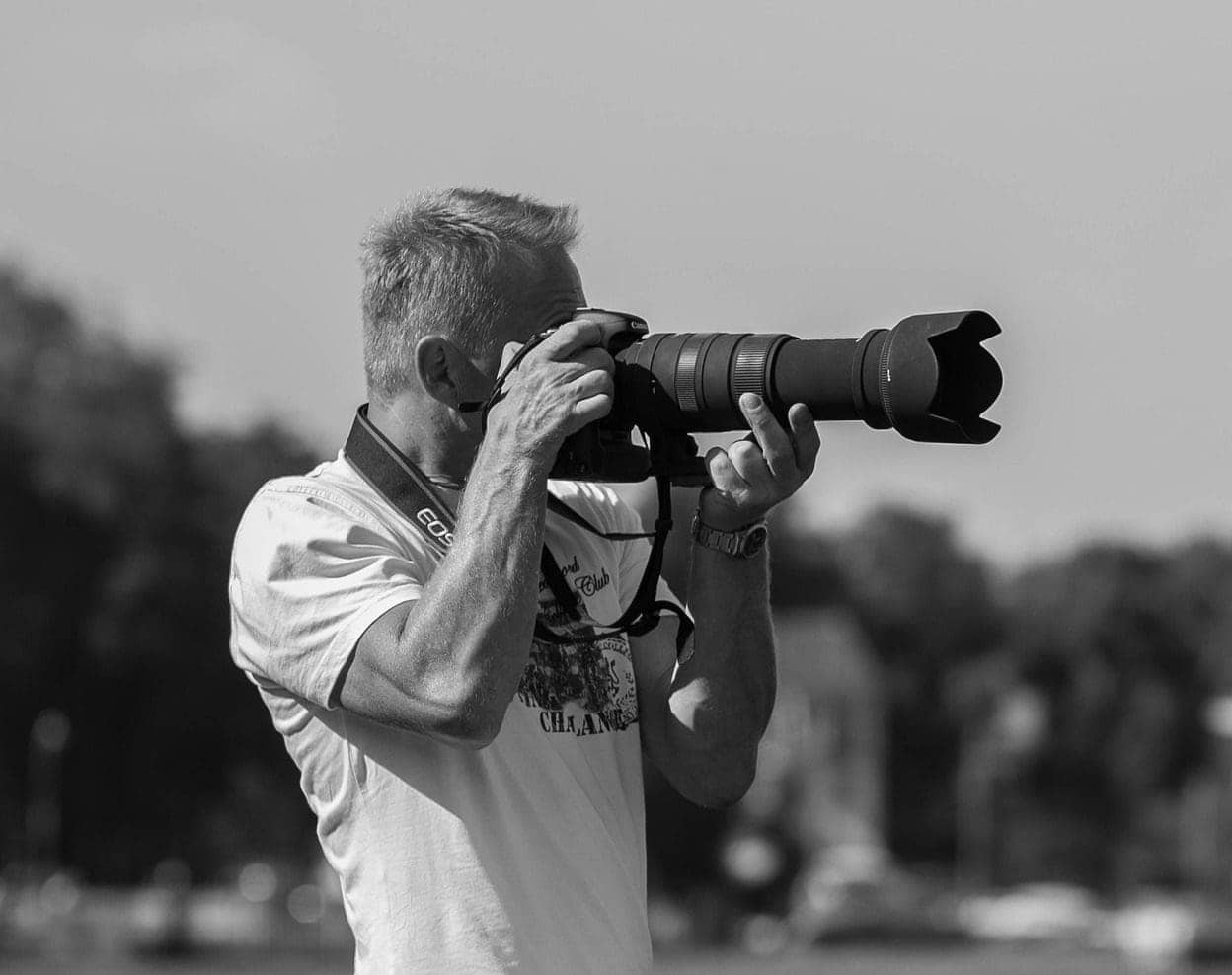The ability to artificially zoom in on something through a telephoto lens has always seemed fascinating, almost magical, to be able to transform a point in the distance into the beautiful image of a little bird on a branch, or to be able to capture details and close -up to Dizzying distances, it never ceases to amaze me.
All this is possible thanks to these lenses so light (note the irony) that we see that they use animal photographers or paparazzi and that allow images of elements several meters away without having to approach them.
A telephoto lens is considered a superteleobjetive when it has a focal length of 200 mm or more.
Although there are telephoto lenses that reach 1200 mm focal length (such as the Canon brand, which weighs almost 4 kg, and is valued at $120,000), it is most common to talk about superteleobjetives (also called telephoto lenses) with a focal length between 200 mm and 600 mm.
These telephoto objects are the most used, the ones with the greatest variety and with more affordable prices, so they are more or less those focal ranges that I will talk about today.
Each focal length is associated with particular characteristics, not only depending on what is able to zoom in or out of what we want to photograph, but also other aspects such as the angle they cover, distortion, depth of field or distance between the different planes of an image.
This is the part of the scene that the lens is able to capture but measured in degrees. A wide angle, for example, is capable of capturing a large viewing angle (about 60o-100o depending on the exact focal length).
In contrast, a telephoto lens captures much less of the scene (lower viewing angle). As you can see in the graph below, it decreases as we increase the focal length.
In long telephoto objes we are talking about a viewing angle between 2 and 10 degrees, which means that we have virtually no angle or, what is the same, that we will make close-ups or close-ups over long distances.
Superteleobjetives are also characterized by a very small depth of field that, translated into the image, makes the background of what we are photographing always blurred.
The longer the focal length, the more accentuated this effect is, which can also be accentuated by playing with the aperture of the diaphragm. Remember that the more you open the diaphragm, the more light enters the sensor and the depth of field is also reduced. (less focus area on the image).
Another feature of telephoto objs is that they reduce the distance between shots, i. e. the longer the focal length, the more it appears that the main figure overlaps the background. Look at the image below and you’ll see how the plans come together. as the focal length increases.
If we also add the shallow depth of field of such lenses, we will often simply see a colorful background instead of a background with its own characteristic, as in the following image.
A lens TV is designed to be very close when we usually can’t. This is the case with the photograph of:
There are as many goals as you can have, but my main advice is that before you look at anything, set the maximum budget you’re willing to spend and, once you have it, start looking at the rest of the features. it’s as always, more expensive, in general, better, there’s not much secret.
And since we can get excited infinitely and talk about expensive goals, is it better to set a maximum budget before launching ?.
Can’t you embark on an adventure with your new toy without first researching the best way to enjoy it?If enthusiasm and practice represent 50% of an image, preparation, technique and material are the other half, so here are some basic points to keep in mind before going for a walk with your new superteleobjetive.
Boat reviews: here is a small selection of long telephoto objes to discover. The selection is based on good value for money. There are longer focal lengths and large openings, but they are priceless and unjustified unless they are their way of earning bread. Now, I warn you that in these goals, does quality pay dearly?
These are 4 good recommendations, but there are cheaper ones ;-), especially if you give up a certain focal length. Think that if you don’t have a full-size camera, there is the conversion factor (also called a trimming or multiplication factor). ) which means you need to multiply the focal length by 1. 5, 1. 6x (depending on your camera sensor), which actually gives you much longer focal lengths.
If you have a DX camera, you may want to check out our article on short telephoto objes.
You can see it in the following table
Did you know the teleporters? Now you can let the air pass, in photography almost anything is possible, no matter what budget you have.
In this case, to replace the superteleobjes, we have focal length multipliers or teleconvertors that, quote part of the article we dedicate to it at the time, are: “a cylindrical device formed by several lenses that is placed between the camera and lens to increase the focal range, or what is the same, approach the scene. »
I don’t know about you, but every time I finish an article about goals, I can’t wait to get them in my hands, and then my Amazon wish list increases in exorbitant steps?We don’t have cheap dreams!
Have you ever dreamed of having a superteleobje on your photographic equipment?Do you add it to your wish list?
Last but not more importantly, would you like to share this article to see if anyone else is interested?Thank you very much and see you next time.

